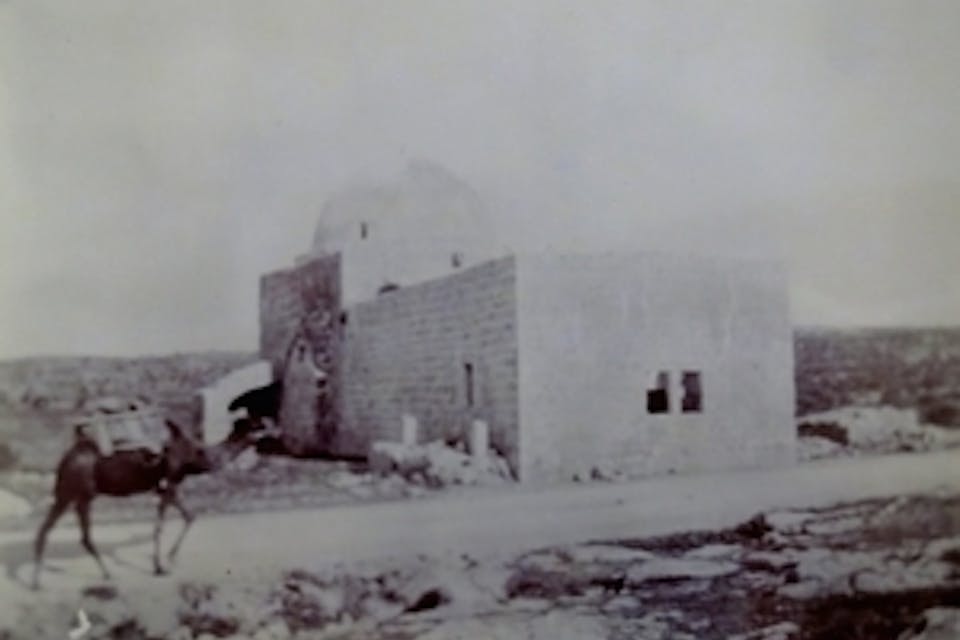
December 13, 2019
Why Rachel’s Tomb Occupies So Remarkable a Place in the Physical and Spiritual Geography of Judaism
The Tomb has become a shrine for thousands of pilgrims, just as Rachel herself has become the religion's ultimate matriarch. Why?
In 1995, when the Oslo process was in full swing, then-Prime Minister Yitzḥak Rabin was planning to hand over several West Bank cities to the Palestinian Authority. Among them was Bethlehem, where the site venerated by Jews as the tomb of the biblical matriarch Rachel is located.
Disturbed at the thought that Israel would relinquish the tomb, Rabbi Ḥanan ben Porat, an influential settlement activist, met with Rabin to convince him to leave it under Israeli control. On the way to this meeting, Porat was unexpectedly joined by Rabbi Menachem Porush, a Knesset member for the ultra-Orthodox, and formally non-Zionist, United Torah Judaism party.
At the meeting itself, Porat put forth a series of arguments, most of them security-related, to persuade Rabin that handing over Rachel’s Tomb would be a mistake. But Porush, to Rabin’s surprise, began to weep and grabbed the prime minister’s hands: “Yitzḥak, it’s Mama Rachel, Mama Rachel!” In Porat’s telling, Rabin was so moved that he changed the agreement so that the site would remain under full Israeli control—a decision in which the Palestinians concurred.